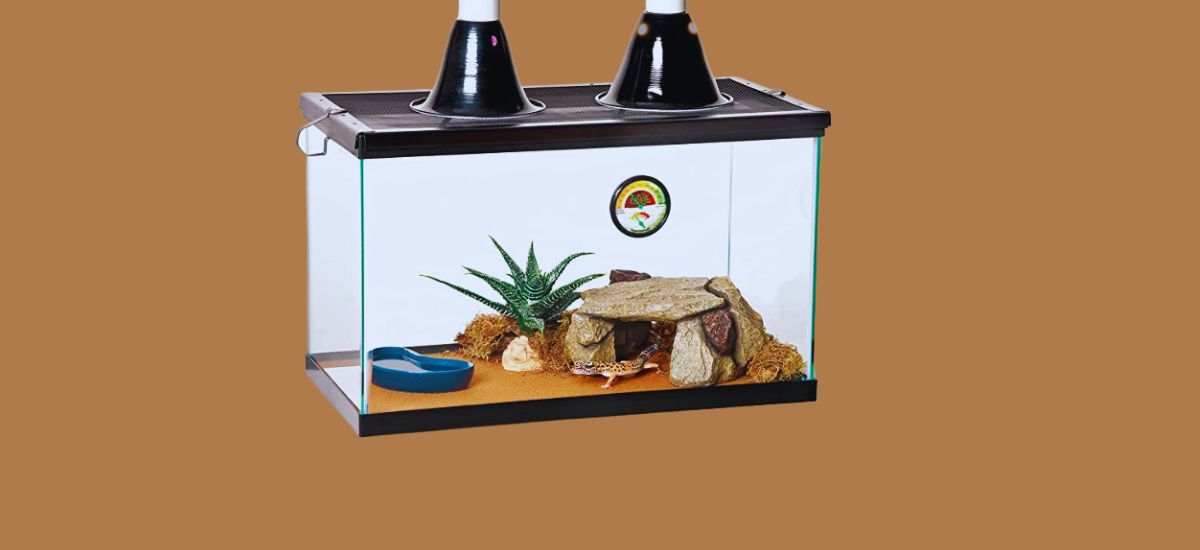Aquarium enthusiasts are always seeking ways to promote a healthy and thriving aquatic environment for their fish and invertebrates. One often overlooked but beneficial addition to consider is cuttlebone. In this article, we will explore what cuttlebone is, its composition, and the numerous benefits it offers when used in aquariums. We will also provide a step-by-step guide on how to add cuttlebone to your aquarium, ensuring the well-being of your aquatic pets.
Creating and maintaining an optimal environment for aquarium inhabitants is crucial for their overall well-being. While factors such as water quality, temperature, and filtration are commonly addressed, the importance of mineral supplementation can sometimes be underestimated. Cuttlebone, often associated with pet birds, has proven to be a valuable asset in the realm of aquariums.
What is Cuttlebone?

Cuttlebone is a hard, internal structure found in cuttlefish, a marine mollusk. It is primarily composed of calcium carbonate, along with trace amounts of other minerals. The unique porous structure of cuttlebone allows it to float in water and gradually release minerals, making it an excellent source of calcium and other essential elements.
Composition
Cuttlebone’s composition consists of approximately 85% calcium carbonate, making it an abundant and readily available source of calcium for aquarium inhabitants. It also contains small quantities of minerals such as magnesium, sodium, and potassium, which contribute to the overall mineral balance in the aquarium.
Benefits
The utilization of cuttlebone in aquariums brings several benefits for both fish and invertebrates:
- Calcium Source: Cuttlebone provides a natural and easily accessible calcium source, essential for various biological processes and proper growth.
- pH Regulation: As cuttlebone gradually dissolves in water, it releases calcium carbonate, which acts as a buffer and helps maintain stable pH levels in the aquarium.
- Promotes Healthy Shell Growth: Invertebrates such as snails and shrimp heavily rely on calcium for shell formation and maintenance. Cuttlebone supplements their diet and aids in ensuring strong and healthy shells.
Using Cuttlebone in Aquarium
Understanding how to utilize cuttlebone effectively is crucial to reap its benefits and maintaining a thriving aquarium ecosystem. Here are some ways cuttlebone can be utilized in aquariums:
Water Hardness and pH Regulation
If your aquarium water lacks the necessary minerals for maintaining optimal water hardness and pH levels, adding cuttlebone can be an effective solution. The gradual release of calcium carbonate from cuttlebone helps stabilize the pH and hardness of the water, creating a more suitable environment for your aquatic pets.
Calcium Source for Invertebrates
Invertebrates, such as snails, shrimps, and crustaceans, heavily rely on calcium for shell growth and maintenance. Introducing cuttlebone into the aquarium provides a consistent and accessible source of calcium, promoting healthy shell development and preventing issues like shell degradation or deformities.
Promoting Healthy Shell Growth
Aquatic pets with shells, such as hermit crabs, also benefit from the presence of cuttlebone. Providing them with cuttlebone allows them to naturally wear down their shells while also supplementing the calcium needed for shell regeneration and growth.
How to Add Cuttlebone to an Aquarium
Incorporating cuttlebone into your aquarium setup is a straightforward process. By following these steps, you can ensure its proper placement and utilization:
Preparing Cuttlebone
Before adding cuttlebone to your aquarium, rinse it thoroughly under running water to remove any impurities. Soaking the cuttlebone briefly in freshwater can help remove excess salt. Once clean, you can break the cuttlebone into smaller pieces for easier placement.
Placement in the Aquarium
Place the cuttlebone pieces strategically in the aquarium, ensuring they are fully submerged but easily accessible to the inhabitants. You can attach the cuttlebone to rocks or decorations using aquarium-safe adhesives or insert them into a mesh bag to prevent them from floating or getting buried in the substrate.
Monitoring and Replacing Cuttlebone
Regular monitoring of the cuttlebone’s condition is important to maintain its effectiveness. Over time, the cuttlebone will dissolve, so it is crucial to monitor the calcium levels and the hardness of the water. As the cuttlebone depletes, replace the old pieces with fresh ones to ensure a consistent supply of minerals.
Conclusion about cuttlebone to add to the aquarium
Integrating cuttlebone into your aquarium regimen provides numerous benefits for the overall health and well-being of your aquatic pets. By understanding its composition and how to use it effectively, you can promote healthy shell growth, regulate water hardness and pH levels, and ensure optimal conditions for your fish and invertebrates. Remember to monitor the cuttlebone’s condition and replace it when necessary to maintain a mineral-rich environment.
FAQs about cuttlebone to add to the aquarium
1. Can I use cuttlebone in a freshwater aquarium?
Yes, cuttlebone can be used in both freshwater and marine aquariums. It is a valuable source of calcium and can help regulate water hardness and pH levels.
2. How often should I replace the cuttlebone in my aquarium?
The frequency of replacing cuttlebone depends on factors such as the size of the aquarium, the number of inhabitants, and the rate of dissolution. Regularly monitor the condition of the cuttlebone and replace it when it has significantly dissolved.
3. Will cuttlebone raise the pH of my aquarium water too much?
Cuttlebone gradually releases calcium carbonate, which acts as a buffer and helps stabilize pH levels. It is unlikely to cause a significant increase in pH unless large amounts are used in a small aquarium.
4. Can cuttlebone be used for saltwater aquariums?
Cuttlebone can be used in saltwater aquariums to provide a calcium source for invertebrates and promote healthy shell growth. It is particularly beneficial for species that rely on calcium for shell formation.
5. Can I grind up cuttlebone and add it to fish food?
While it is possible to grind up cuttlebone and add it to fish food, it may not be the most efficient way to provide calcium to the aquarium. The gradual release of minerals from intact cuttlebone ensures a more consistent supply over time.

